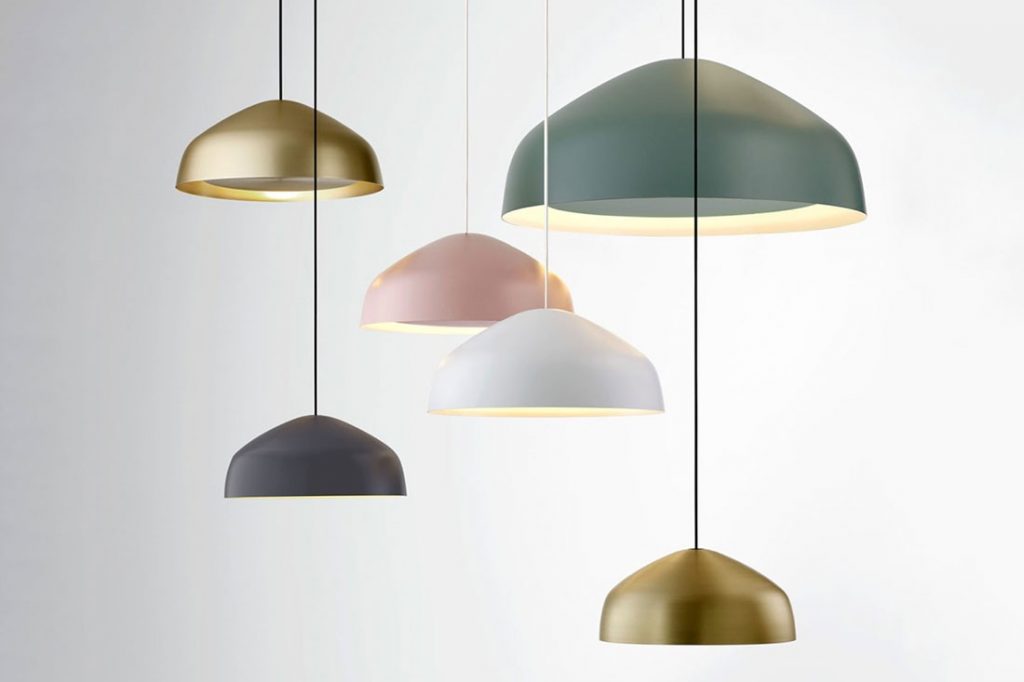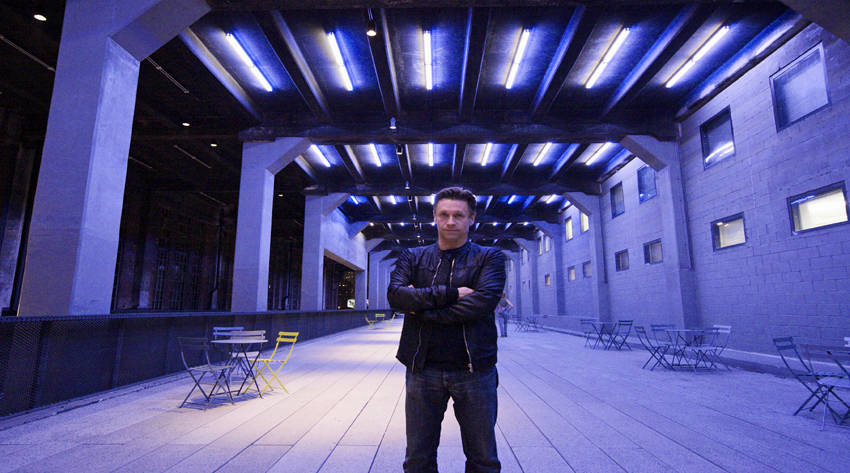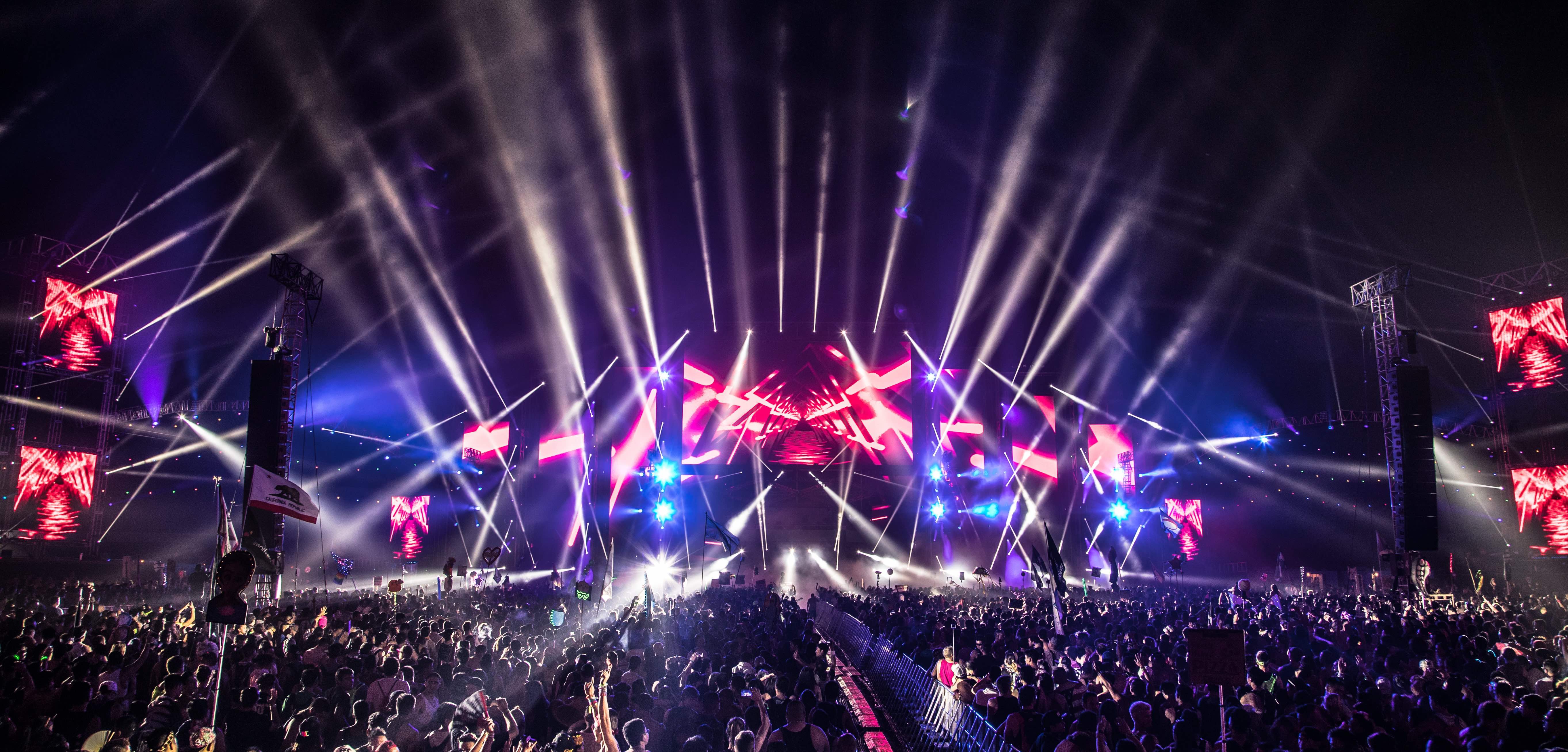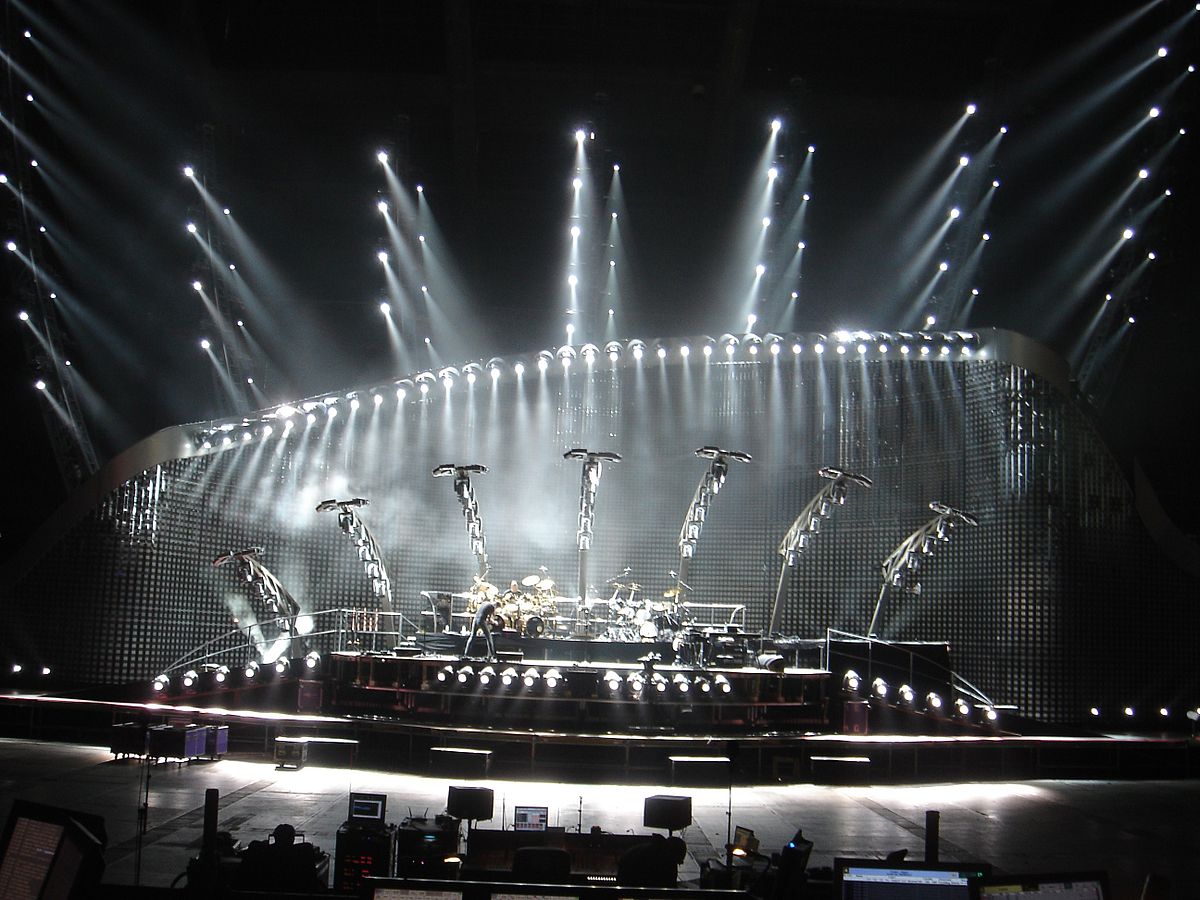What Does a Lighting Designer Do?
A Lighting Designer uses the principles of light to enhance the overall aesthetic of a room, building or live performance. Lighting Designers can work in a variety of settings. One avenue is working with an architectural firm, where Lighting Designers focus on lighting in regards to energy efficiency. Another avenue for Lighting Designers is working in the theater industry, where one works with set designers to enhance the emotional affect of a production through strategic use of lighting. Other options include the music, movie and film industries.
While the specific skills that a Lighting Designer needs varies depending on industry, all Lighting Designers must be creative thinkers. The primary function of their job is to use light creatively in order to create a certain ambiance for a room or production. This involves applying technical knowledge of the four properties of light, which are color, intensity, distribution, and movement. Lighting Designers also need good computer skills to master the specialized CAD software used to bring their visions to life. Some typical duties of a Lighting designer include:
Analytical tasks, such as looking at a room or script and conceptualizing which type of lighting would work.
Applying the light based on the four properties of light, including intensity, color, distribution and movement.
Creative tasks, such as brainstorming lighting concepts based on analysis.
Collaborative tasks, such as working with set designers or architects to convey the role light will play in the overall scope of the project

Lighting Designer Skills
First and foremost, a successful Lighting Designer is an expert in the four properties of light. With that being said, this is a field where technical knowledge can only carry you so far. A successful Lighting Designer has the ability to be a big-picture thinker, which allows them to see how each lighting component fits into the overall aesthetic of their project. They must also have the attention to detail necessary to implement their vision and tweak it until it’s perfect. A good Lighting Designer is also great at working with others. For those who chose the residential or commercial route, this means working closely with the architect on any given project. Those who chose the Entertainment route work closely with the set designer and lighting crew to develop and implement a lighting plot that enhances the emotional impact of the production.
Other key Lighting Designer skills include:
Ability to work in a fast-paced environmentAbility to work under deadlines
Can accept and act upon constructive criticism
How Do You Become a Lighting Designer?
Education and Training
Since there are several avenues a Lighting Designer can pursue, the education requirements vary depending on industry. Those who aspire to work in Architectural Lighting Design typically earn a Bachelor’s degree in Industrial Design. Those who are interested in the production side of of Lighting Design generally earn their Bachelor’s of Fine Arts in Lighting Design.

There is no industry standard that requires a degree or certification to become a Lighting Designer, although most companies that hire architectural Lighting Designers prefer candidates with a Bachelor’s degree. On the production side, aspiring Lighting Designers can skip the academic route and get a job on the lighting crew. From there, they can seek a mentor and work their way up to Lighting Designer.
Coursework for a Bachelors in Lighting Design consists mostly of learning the properties of light and strategies for manipulating these properties to create a desired effect. It also includes multiple courses on VectorWorks, which is the industry-standard CAD software Lighting Designers use to bring their designs to life.
Although there are no standard certification requirements for Lighting Designers, there are a couple of professional organizations with certification programs. CLD.global offers a certification for those in Architectural Lighting Design. The American Light Association (ALA) offers several certifications for those in the lighting industry. The Certified Lighting Consultant is the one most applicable to Lighting Designers. You can read more about the qualifications on the ALA website.
Finding a Job
Although the National Bureau of Labor Statistics has no specific data for Lighting Designers, the demand for Set and Exhibit Designers is set to grow 10 percent through 2020. Most of the job growth in this field will be concentrated in areas with thriving theatre and museum districts.
The first step to getting a job as a Lighting Designer is to make sure your resume highlights your most-relevant skills. Take a look at our Lighting Designer resume samples to get an idea of which skills you should highlight.
The next step is to search online for job opportunities. Make a note of which skills are listed in the job description as desirable, and then tweak your resume accordingly.
The final step is to make sure your cover letter is tailored to the specific job you’re applying for. Check out our Lighting Designer cover letter sample before you apply.




